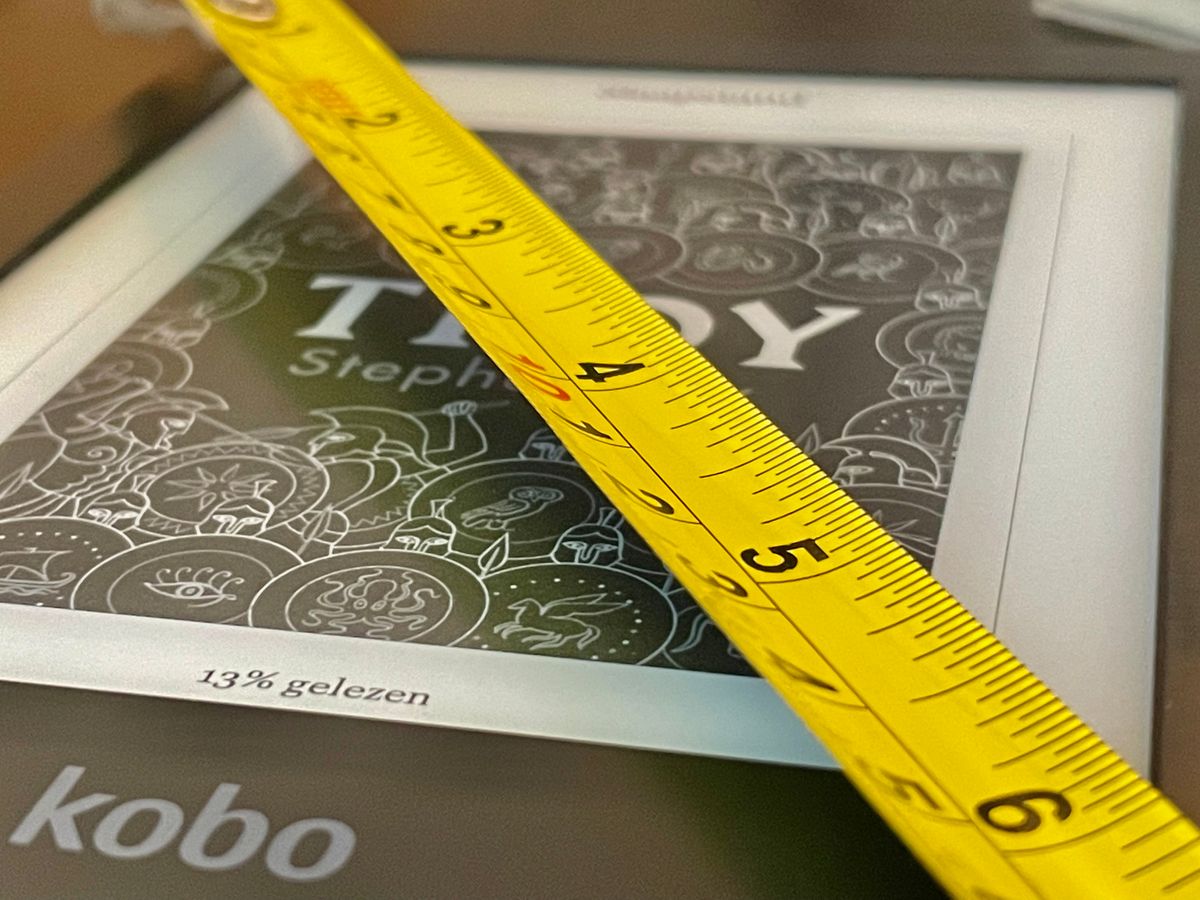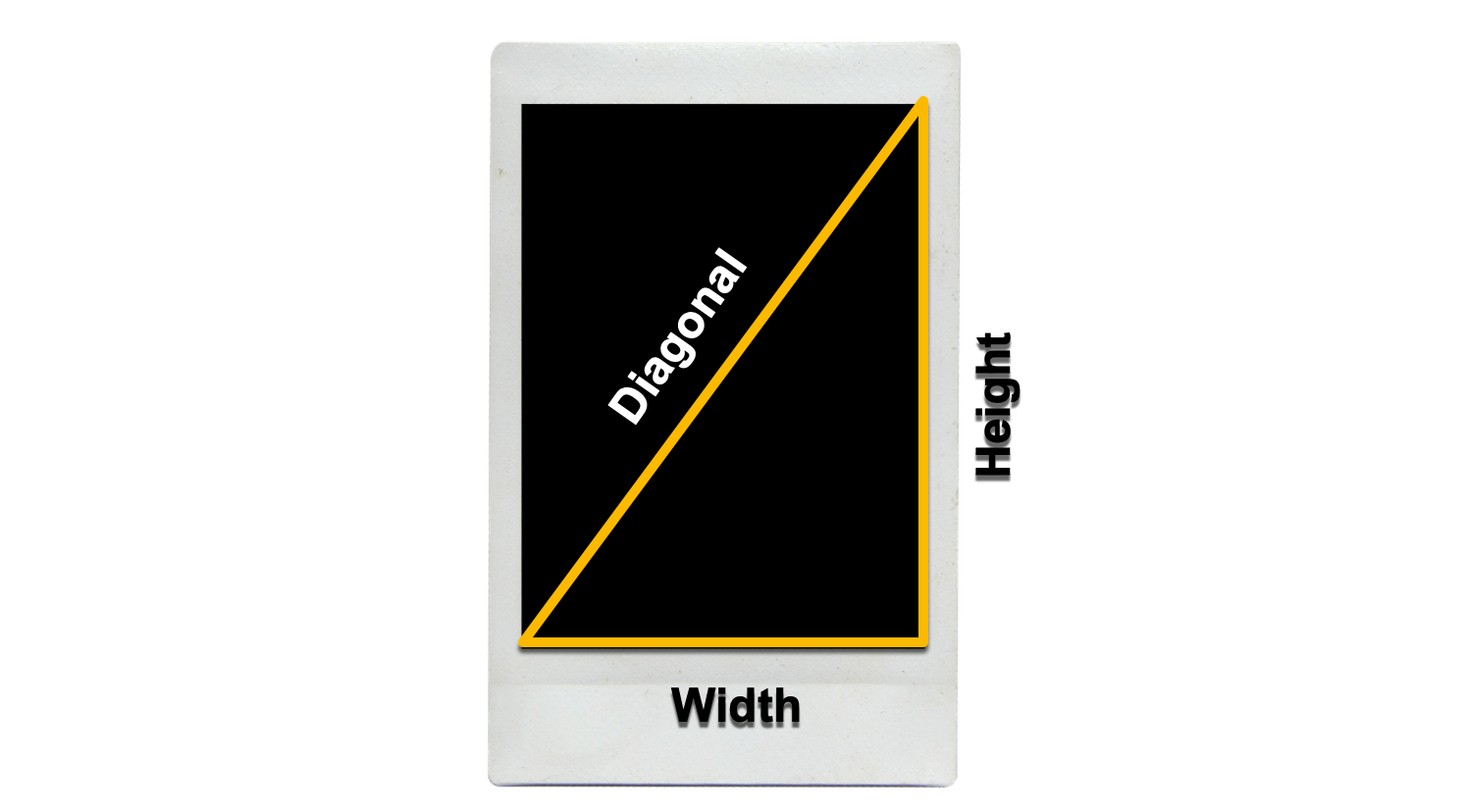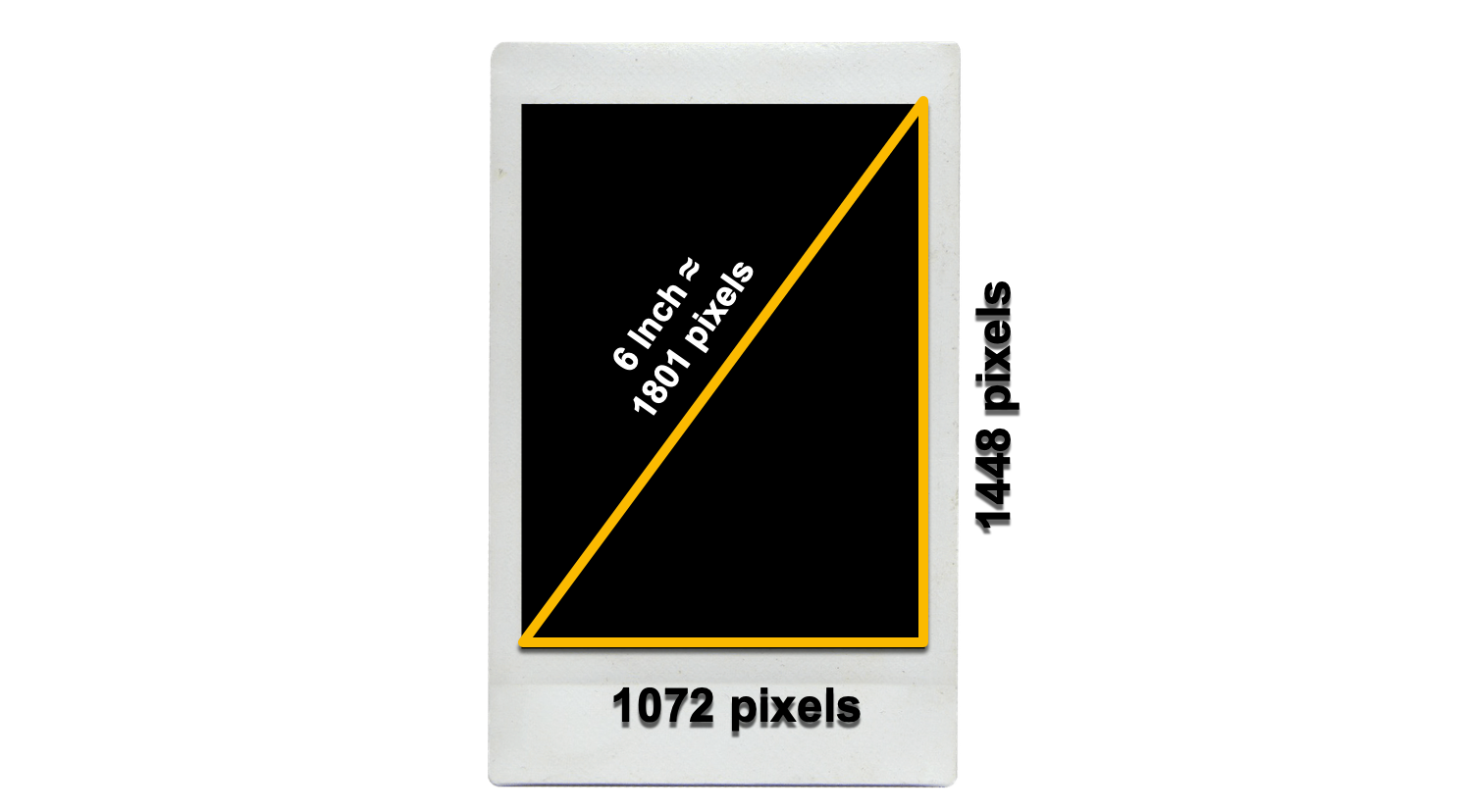Pixels per Inch (PPI). Measured as a line or a square?
Demystify screen resolution with PPI: learn how to calculate pixels per inch and understand the physical properties of a screen.

For years, I tried to figure out screen resolution in relation to the physical properties of a screen. Only now I understood that the physical properties of a screen, that is the number of pixels, are not measured on a surface but as a line.
So when it says 300 pixels per inch, these are on a line an inch long. And there are many more on a square inch. There are 90,000 physical pixels on a square inch of such a screen. Of course, assuming the pixels are squares.
A bit one dimensional to mix up lines and surfaces when defining resolution 😉
Calculations
To have this figured out made me happy. This new knowledge gave me insight and input for calculations.
The PPI of a display can be derived from the diagonal size of a screen in inches and the resolution (horizontal and vertical) in pixels. The calculation is done in two steps.

- Calculate the diagonal resolution in pixels, relying on the Pythagorean Theorem:
dₒ = √(w² + h²)
w = width and h = height - Calculation of the PPI is the total numbers of pixels divided by the diagonal size:
PPI = dₒ/dᵢ
With these two simple formulas, I can plug in the numbers.
Outcome for my e-reader
So for the screen of six inches diagonal and resolution of 1072 by 1448 it is:
dₒ = 1801.6
It is six inches, and so I divide by six.
PPI = 300.27.

Close! Pretty, pretty close. And now the theory is clear, I also can use and understand this calculator:
Pixels Per Inch PPI Calculator




